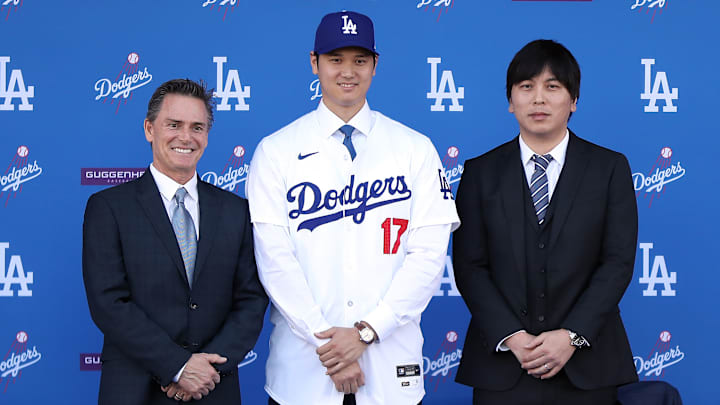Lesson 3: The Cardinals were smart to set the market early
The contracts the Dodgers handed out to Shohei Ohtani, Yoshinobu Yamamoto, and even Tyler Glasnow were significantly above what many experts had predicted entering the offseason. While the present value of Ohtani's contract is significantly less than the $700 million number leads on and could end up being a bargain for LA, the price tag for Yamamoto and Glasnow was much too large for the Cardinals.
If the Cardinals had truly set their sights on Yamamoto, they almost certainly would've missed out as $325 million for 12 years is just too large a commitment for a pitcher with no Major League experience. Being serious contenders for Yamamoto likely would've taken them out of the running for Sonny Gray, Kyle Gibson, and Lance Lynn as well. Had Gray waited until after Yamamoto signed, his price would have been significantly higher than the 3-year, $75 million deal he inked with the Cardinals.
If the Cardinals had waited to sign Gray, Gibson, or Lynn, they might've been caught overspending on them or missing out on them entirely. In that case, they would be left scrambling for innings again or being left with less-than-ideal options in Blake Snell or Jordan Montgomery, neither of which would've fixed the Cardinals' innings problem.
By setting the market early, the Cardinals ensured they would have enough innings at a cheaper price and gave themselves salary flexibility for the remainder of the offseason. Sure, they didn't sign the flashiest names out there, but Ohtani and Yamamoto would've cost ownership far too much money and were not realistic options at their price point. To contend in the National League next year, the Cardinals do need to add another starter via trade, and signing Gray, Gibson, and Lynn early in the offseason gave them the flexibility to do that.
